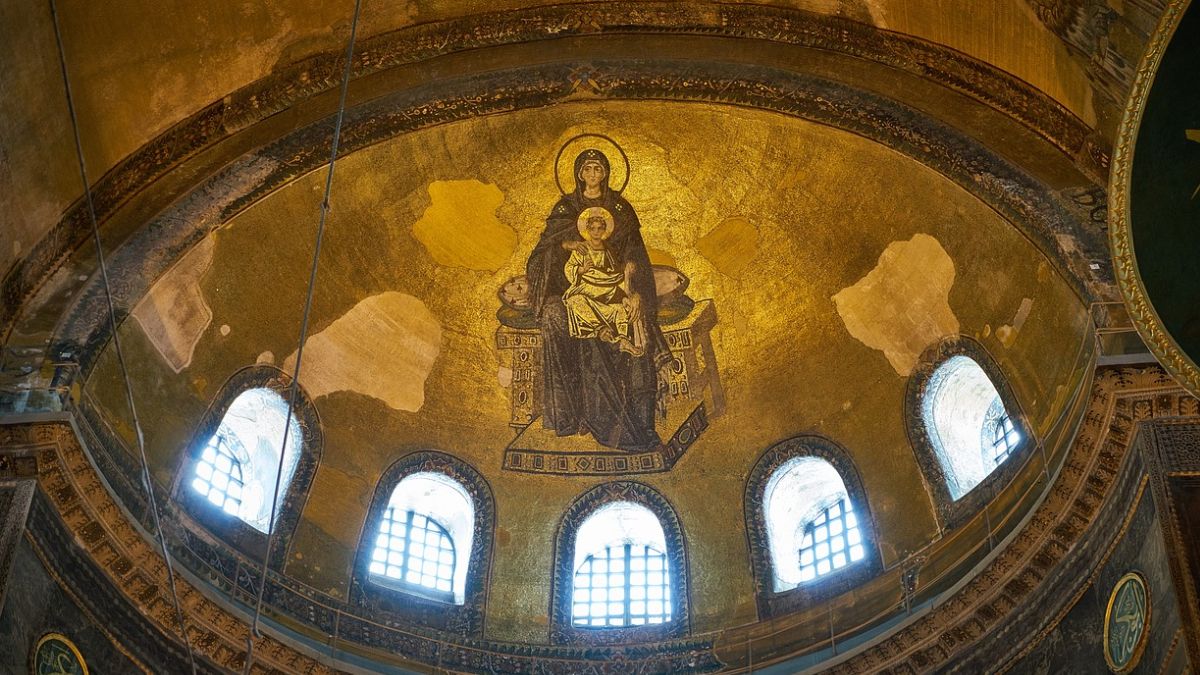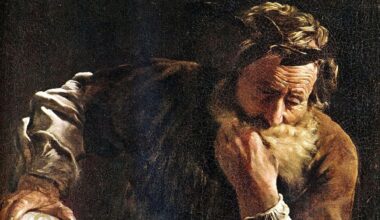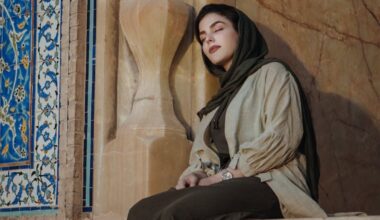In the heart of Istanbul, the grandeur of Hagia Sophia conceals a tumultuous history marked by conquests, religious transformations, and geopolitical shifts. One pivotal moment that reverberates through time is the forceful conversion of Hagia Sophia from a cathedral to a mosque. Let’s delve into 10 facts surrounding this controversial event that reshaped the fate of this iconic structure.
A Byzantine Jewel
Hagia Sophia, originally built as a cathedral in 537 AD, stood as the architectural jewel of the Byzantine Empire for nearly a millennium. Its domed structure and intricate mosaics reflected the grandeur of Byzantine art and engineering.
Ottoman Conquest of Constantinople
In 1453, the Ottoman Empire, under the leadership of Sultan Mehmed II, achieved a historic conquest by capturing Constantinople. As a result, Hagia Sophia, once a Christian cathedral, fell under Ottoman control, initiating a significant chapter in its history.
Conversion into a Mosque
Following the Ottoman conquest, Hagia Sophia underwent a profound transformation. In 1453, Sultan Mehmed II converted the cathedral into a mosque, symbolizing the shift from Byzantine to Ottoman rule. The addition of minarets and the removal of Christian symbols marked the architectural metamorphosis.
Cultural Synthesis
Under Ottoman rule, Hagia Sophia became a remarkable blend of Byzantine and Islamic architectural styles. The grand dome and minarets coexisted with intricate mosaics and Christian elements, reflecting a synthesis of cultural influences.
Secularization and Museum Conversion
In 1935, under the leadership of Mustafa Kemal Atatürk, the founder of modern Turkey, Hagia Sophia underwent secularization. As part of broader efforts to establish a more secular state, Atatürk converted the mosque into a museum, emphasizing Turkey’s commitment to secular governance.

International Recognition
In 1985, Hagia Sophia was designated as a UNESCO World Heritage Site, acknowledging its universal cultural and historical significance. The UNESCO listing highlighted the need to preserve the site as a symbol of human achievement and cultural diversity.
Contemporary Controversy
The status of Hagia Sophia sparked controversy in the 21st century. In July 2020, Turkish President Recep Tayyip Erdoğan signed a decree reverting Hagia Sophia’s status to that of a mosque, eliciting concerns about the preservation of its historical and cultural heritage.
International Criticism
The decision to convert Hagia Sophia into a mosque drew international criticism. Nations, cultural organizations, and religious leaders expressed concerns about the potential impact on the site’s accessibility, conservation, and the broader message it sends about religious tolerance.
Preservation Challenges
The reconversion of Hagia Sophia into a mosque raised questions about the preservation of its intricate mosaics and Christian artifacts. Balancing the site’s religious significance with the need for conservation and protection of its diverse historical layers poses a complex challenge.
Symbolic Significance
Hagia Sophia’s forceful conversion into a mosque symbolizes the complex interplay between religious, cultural, and political forces throughout history. The controversy surrounding its status reflects ongoing debates about the role of cultural heritage in contemporary societies and the delicate balance between preservation and religious expression.
The conversion of Hagia Sophia from a cathedral to a mosque and later to a museum encapsulates the ebb and flow of cultural narratives, power dynamics, and religious influences over centuries. As the world grapples with the implications of this transformation, Hagia Sophia stands as a testament to the interconnectedness of history, culture, and the enduring debates surrounding the preservation of our shared heritage.










